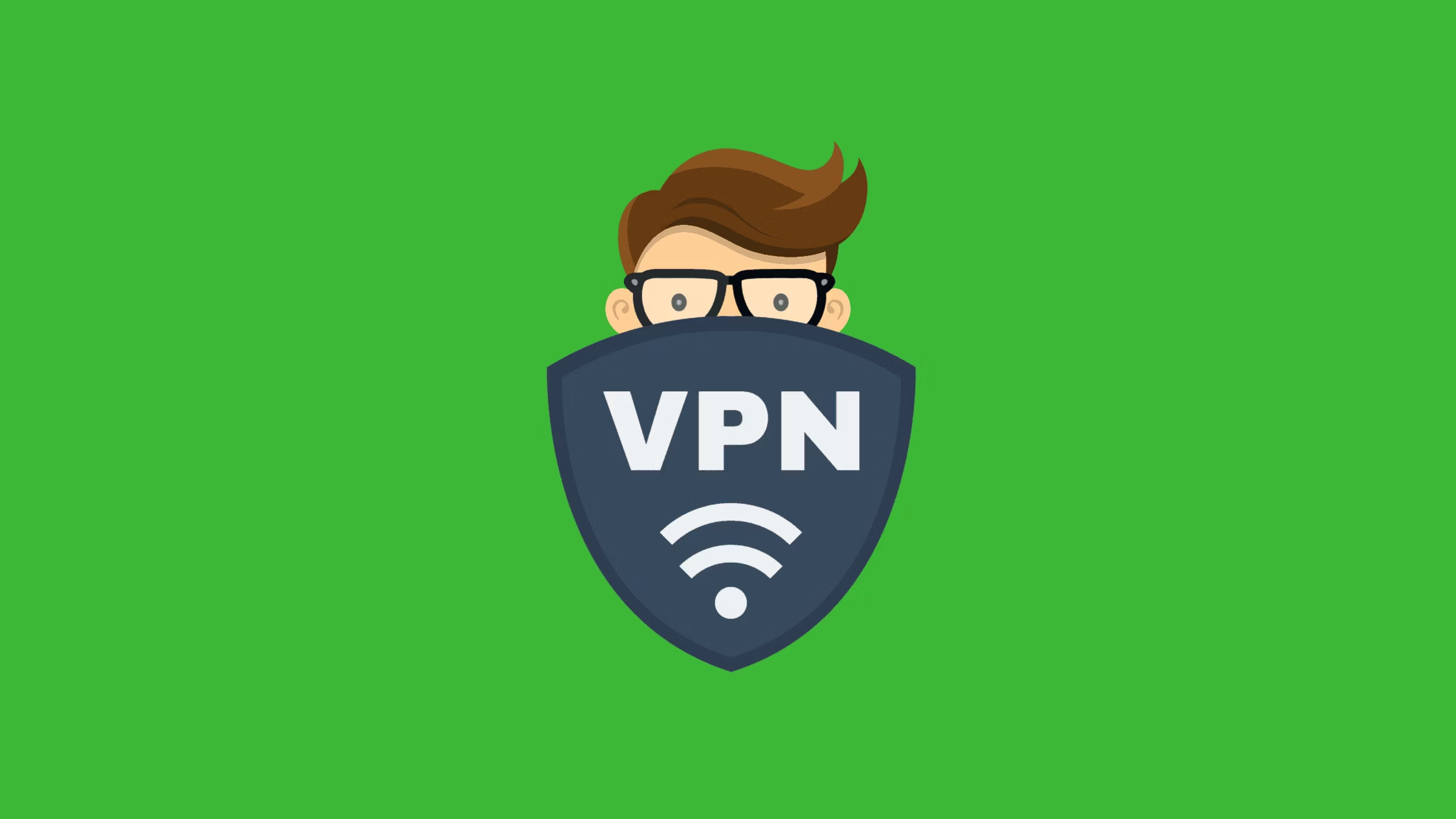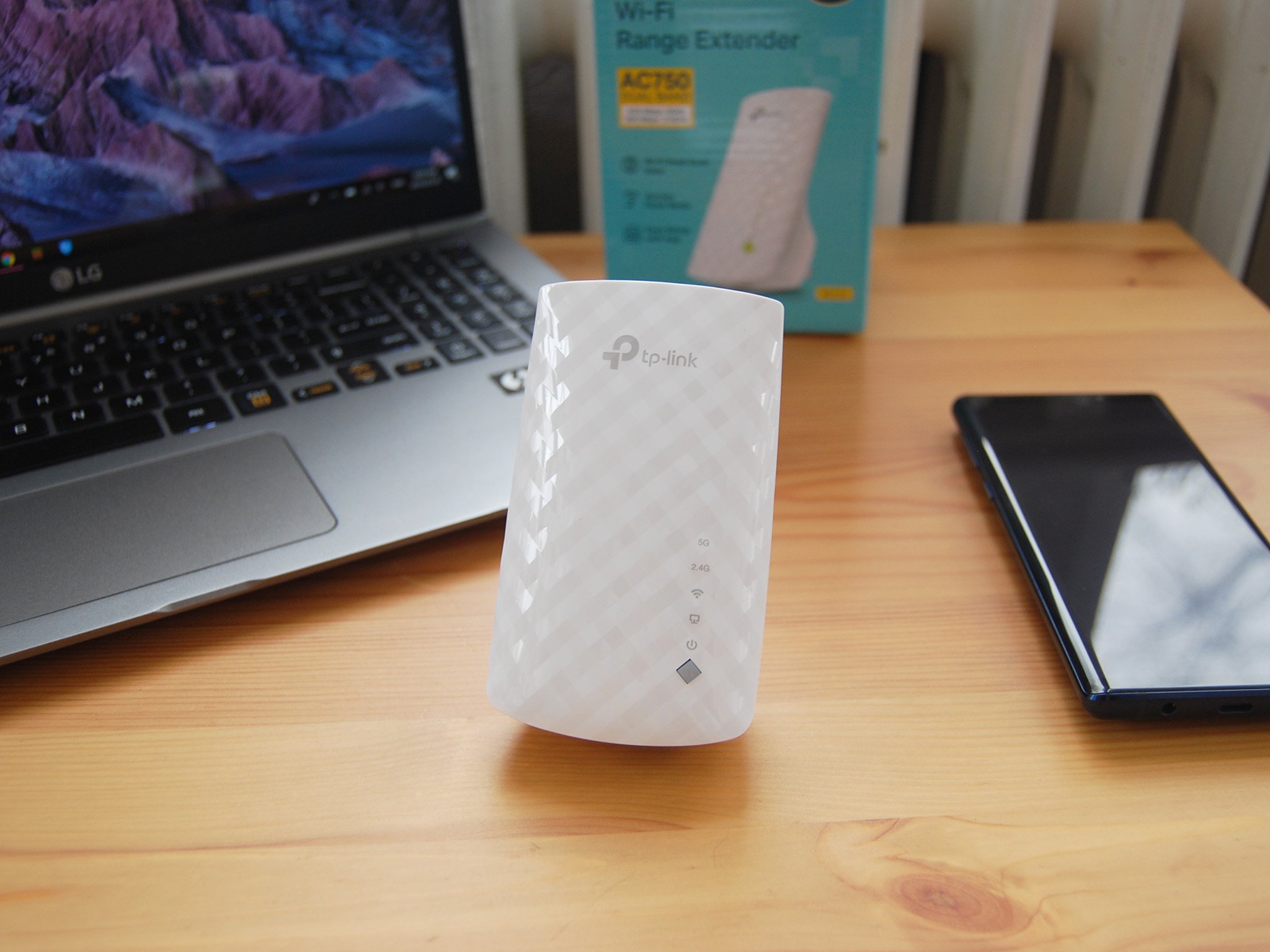
If you’ve been using a VPN for a while, you may have stumbled across the term “kill switch,” but perhaps you haven’t explored what it truly does or why it’s critical to your security. In essence, a VPN kill switch is a protective feature designed to ensure your private data remains hidden, even if your VPN connection fails unexpectedly. Think of it as a backup safety mechanism, stopping any internet activity until the VPN reconnects, safeguarding your information from exposure.
A kill switch is a must-have feature I always recommend enabling, and in fact, I prioritize it when evaluating VPN services. A VPN without a robust kill switch shouldn’t even be considered if you’re serious about protecting your privacy. Below, I’ll break down what a VPN kill switch is, why it’s so crucial for your online security, and how to easily activate it on your VPN.
What Does a VPN Kill Switch Do?
A VPN kill switch functions like a failsafe. If your VPN drops its connection for any reason, the kill switch steps in immediately, cutting off your internet access to prevent any unencrypted data from being transmitted. Some VPNs offer two types of kill switches: an internet-wide version and an app-specific one. While the full internet kill switch shuts down all connectivity, the app-based version allows you to block only specific applications from accessing the internet if the VPN drops.
Why Is a Kill Switch So Important?
The kill switch is like a last line of defense for maintaining your online privacy. Whether you’re using a VPN to browse anonymously, protect sensitive information, or stream content, you rely on your VPN to shield your identity. For high-risk users—like activists, journalists, and professionals working with confidential data—a kill switch is vital to preventing accidental exposure if the VPN connection fails.
Even casual users benefit from it. Let’s say you’re using your VPN to access geo-restricted content on streaming platforms. If your VPN disconnects, you could suddenly lose access and reveal your actual location. The kill switch prevents this by ensuring your real IP address remains hidden until the connection is restored, so you can continue watching without interruption.
How to Enable Your VPN Kill Switch
Most VPNs have a kill-switch feature that you can easily enable in the app’s settings. Simply locate the kill switch option and toggle it on. In some cases, you might also find an app-based kill switch, which lets you choose specific apps to block during a VPN disconnection. If both types are available, remember that the global kill switch takes precedence, meaning your entire connection will be blocked regardless of the apps you select.
In summary, the kill switch is one of the most critical tools in ensuring your VPN works effectively to protect your data and privacy, making it a feature you should always activate.




